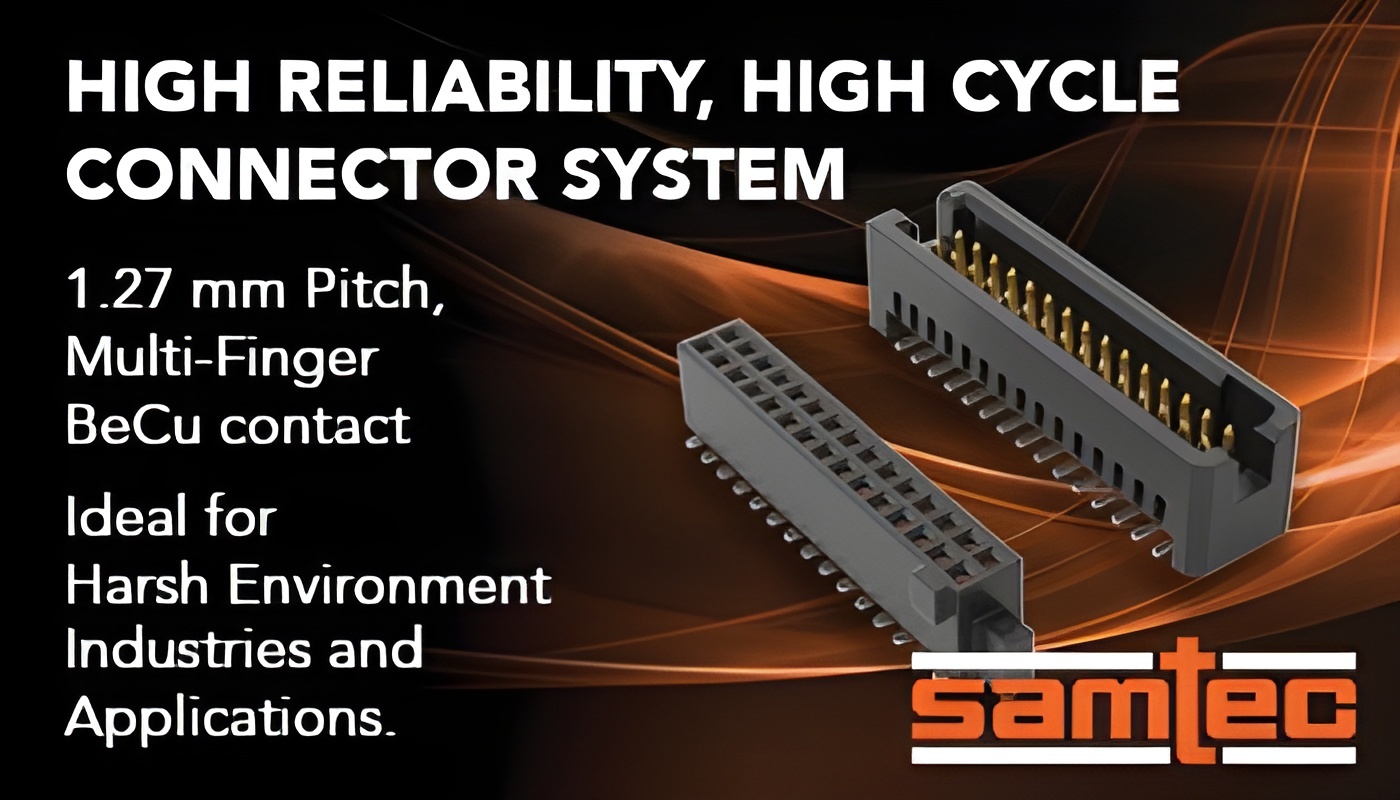
 As the adoption of enhancement-mode GaN transistors accelerates in automotive, server, and renewable energy designs, attention is shifting from the devices themselves to the drivers that control them. NOVOSENSE’s new NSD2622N half-bridge driver addresses one of the key barriers to broader GaN deployment: the difficulty of achieving reliable gate control under high-speed, high-voltage switching conditions.
As the adoption of enhancement-mode GaN transistors accelerates in automotive, server, and renewable energy designs, attention is shifting from the devices themselves to the drivers that control them. NOVOSENSE’s new NSD2622N half-bridge driver addresses one of the key barriers to broader GaN deployment: the difficulty of achieving reliable gate control under high-speed, high-voltage switching conditions.
The NSD2622N integrates positive and negative voltage generation directly into the chip, removing the need for external gate bias circuits. This includes a configurable 5V to 6.5V positive output for turn-on and a fixed −2.5V negative output for turn-off, a critical feature for preventing false triggering in E-mode GaN devices with threshold voltages often near 1V.
Designed for High-Speed Switching Environments
The device supports bootstrap supply and operates across a wide switching node voltage range of −700V to +700V. It is built on NOVOSENSE’s capacitive isolation platform and is rated for dv/dt immunity exceeding 200V/ns. With peak drive strengths of 2A source and 4A sink, and tight propagation delay matching (38ns typical, 5ns pulse distortion), the NSD2622N is well suited for multi-device configurations and high-frequency GaN switching.
Additional features include an integrated 5V LDO for powering digital isolators and built-in protections such as undervoltage lockout and over-temperature shutdown. The device operates from a 5V to 15V supply range and is qualified for operation from −40°C to +125°C.
Solving the Voltage Regulation Problem
In conventional E-mode GaN circuits, driver designs often rely on RC voltage division or discrete bias generation. These methods are functional but introduce reliability risks. Capacitor discharge can cause voltage drift during long off-times, and parasitic inductances in multi-component networks can undermine fast switching performance. NOVOSENSE’s demo waveforms highlight this problem, showing unstable negative voltage under real operating conditions when using traditional RC bias.
In contrast, the NSD2622N maintains a stable negative gate voltage across all stages of operation, including startup, turn-off, and extended idle periods. By embedding the bias generation, the driver simplifies layout and reduces parasitics, improving both switching behaviour and overall system reliability.
Impact on System Design
The integration of gate bias regulation and bootstrap support allows engineers to eliminate isolated auxiliary power supplies in many applications. In a typical 3kW PSU design using interleaved PFC and full-bridge LLC topologies, this can translate to a significantly smaller BOM and fewer power stages. Even in systems that still require isolated supplies, the NSD2622N reduces the need for secondary regulation and simplifies the overall driver chain.
Compatibility Across GaN Devices
Flexibility remains a key feature. Engineers can fine-tune the driver’s positive output voltage via external feedback resistors, allowing compatibility with a wide range of GaN devices from different manufacturers. The device’s QFN package and independent turn-on/turn-off pins also help minimise loop inductance, a critical factor at high switching speeds.
For space-constrained or lower-power designs, NOVOSENSE also offers a single-channel variant, the NSD2012N, in a 3mm x 3mm QFN with adjustable negative voltage support.
Learn more about the technical specifications of the new launch here.
You may also like


